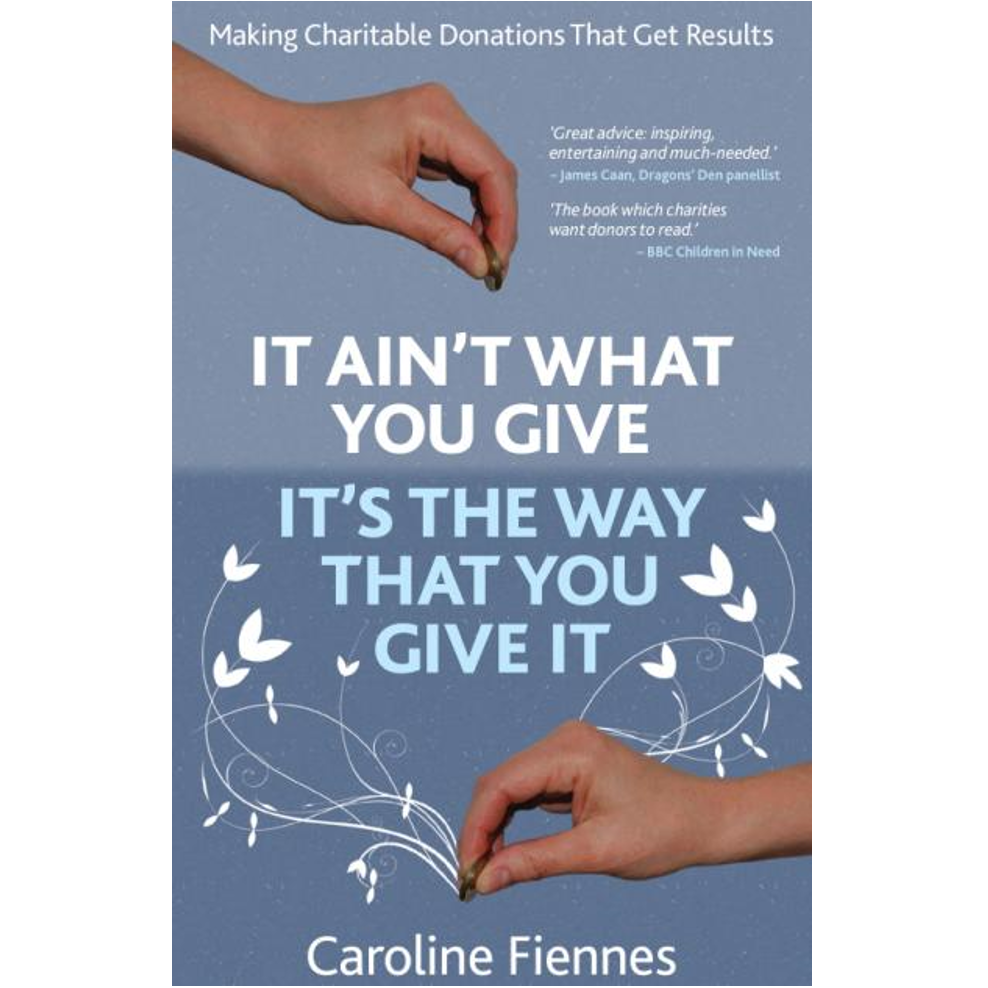A new project will collate the measures used in studies of institutional responses to child abuse and show how both researchers and practitioners can use these measures, and the measures’ respective strengths and limitations. Article by Gabrielle Hunt.
A newly updated Evidence and Gap Map (EGM) collated rigorous ‘what works’ studies about institutional responses to child maltreatment: incl. preventing it and responding to it. Although the body of evidence is growing, there are still significant gaps.
The EGM includes randomised controlled trials, quasi-experimental design studies, and systematic reviews. Most studies on it examined interventions that aimed to raise children’s knowledge (e.g., about how to avoid being abused or how to report abuse) or include measures to assess improvements in their well-being. Though this is important for a well-rounded approach to prevention, it places much of the responsibility for safety on children rather than on the adults who care for them. Few studies directly measure the incidence of maltreatment, and only a few studies measured the attitudes or skills of adults working with children or the culture in institutions.
It is essential to determine whether the measures used in the studies actually measure children’s safety or incidence of abuse, and which measures are most useful for research and practice.
Professor Daryl Higgins and Gabrielle Hunt from the Institute of Child Protection Studies (ICPS) at Australian Catholic University will work on a 3-month project to collate details about all the outcome measures used in the studies on this EGM. ICPS is a nationally recognised centre for excellence in child, youth, and family welfare and is committed to collaborative approaches to translating knowledge into policy and practice. Professor Daryl Higgins has researched child abuse impacts and prevention, family violence, and family functioning for nearly 30 years. He has focused on public health approaches to protecting children and child-safe organisational strategies. Gabrielle’s PhD studies, which aim to understand the prevalence and prevention of child sexual abuse in faith-based settings, as well as understanding harmful sexual behaviour and peer sexual harassment across the population, are being supervised by Daryl.
This project aims to understand how to apply these measures effectively and identify their strengths and limitations (psychometric properties). Our initial review has revealed inconsistencies in how surveys, questionnaires, or tools to measure ‘safety’ are applied in organisations. Many studies focus on ‘proxy’ measures, such as children’s knowledge, but these measures may not accurately predict better safety. We also plan to explore other tools that have yet to be used in causal or experimental research that may be useful to youth-serving organisations.
We hope that by exploring the studies on the EGM, we can provide new insights into the usefulness of the measures used. We would be delighted to hear from other researchers who have done work to mine data in an EGM or other similar reviews to share their insights and experience. We plan to publish a resource outlining our findings and identify measures that leaders, practitioners, researchers, and funders can use in their work.
If you have conducted a similar study, or would like to hear more, please get in touch.

